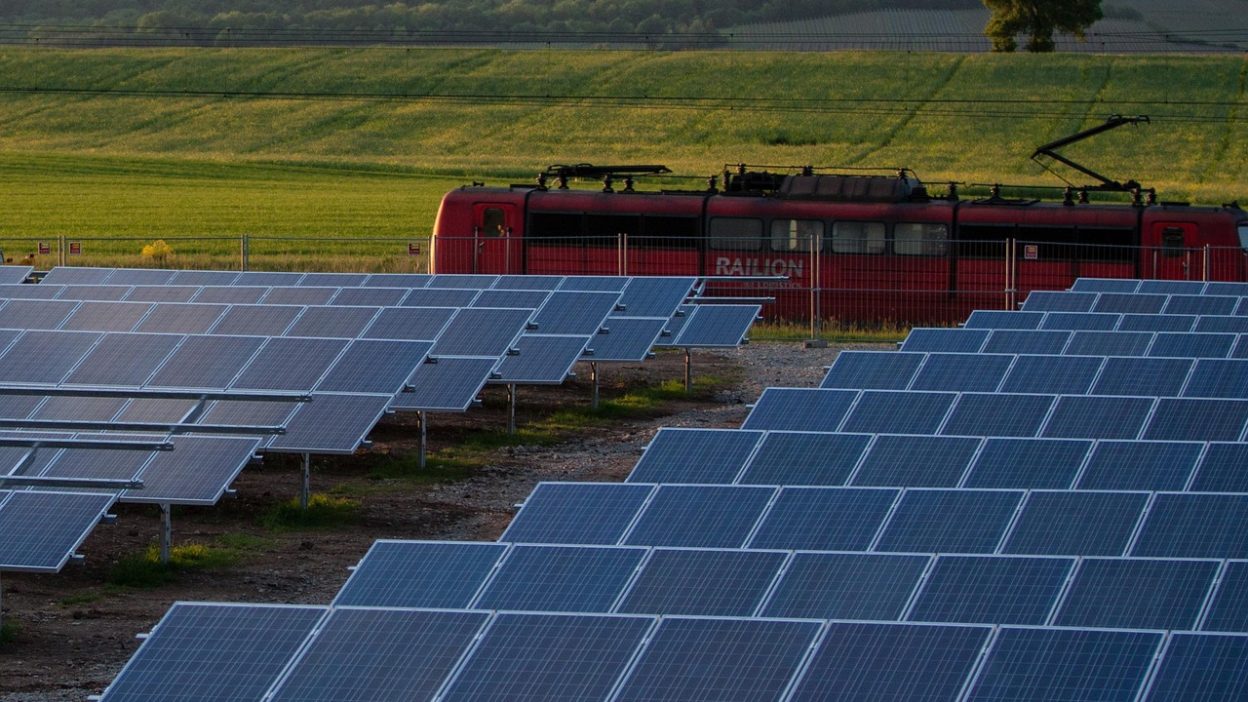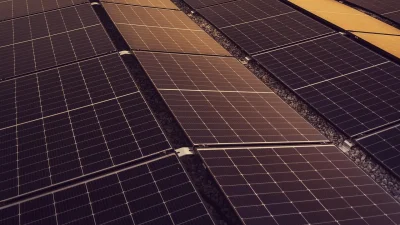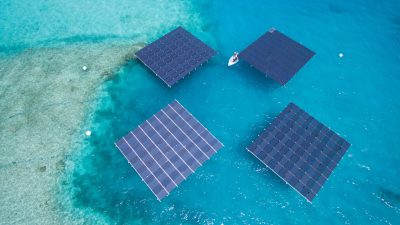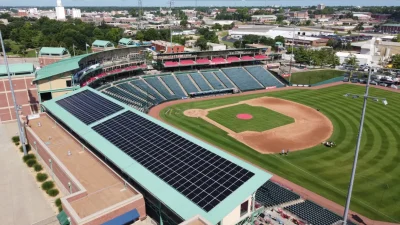Solar farming represents a powerful way to harness renewable energy while optimizing land for agricultural production. With the rising need for sustainable power and efficient land use, solar farming solutions offer a fusion of modern technology and traditional farming practices. This post takes an in depth look into the best solar farming solutions that maximize both crop yields and energy generation.
Table of Contents
- What is Solar Farming?
- How Solar Farming Supports Energy and Crop Production
- Types of Solar Farming Systems
- Agrivoltaics: The Science of Dual Land Use
- Implementing Solar Farming on Your Land
- Top Crops for Solar Farming Integration
- Economic and Environmental Benefits of Solar Farming
- Challenges and Best Practices in Solar Farming
- Conclusion
What is Solar Farming?
Solar farming refers to the strategic installation of solar panels on agricultural land, often in conjunction with active farming practices. This innovative solution allows landowners to generate clean energy without giving up food production or crop cultivation.
Traditional solar farms involve rows of photovoltaic panels on open land dedicated solely to power generation. However, emerging approaches bring dual use into the equation, often called agrivoltaics. This dual use method is quickly gaining popularity due to its potential to maximize land value and fight climate change, all while supporting farmers’ income streams.
How Solar Farming Supports Energy and Crop Production
Modern solar farming solutions are rooted in the principle of “stacking” functions on the same plot of land. Instead of using land exclusively for either agriculture or energy, innovative designs allow for the simultaneous cultivation of crops and harvesting of solar power.
- Partial Shading Enhances Crop Growth: Certain crops, such as leafy greens, thrive with intermittent sunlight, which solar panels naturally provide.
- Microclimate Management: Elevated or adjustable solar arrays can help manage heat and water retention, creating a stable microclimate beneath the panels.
- Year Round Profitability: Combining solar arrays with crop rotation or livestock grazing ensures constant productivity and income throughout the year.
- Resilience to Drought: By shielding soil from intense midday sun, solar panels reduce evaporation, helping soils stay moist longer and boosting resilience to drought.
This balance of resources delivers reliable energy production alongside sustainable agriculture, reducing emissions, boosting land value, and supporting the global transition to renewables.
Types of Solar Farming Systems
Solar farming solutions range from basic ground mounted panels to sophisticated tracking systems and elevated arrays designed for dual use operations. Here is a quick overview of the main systems:
- Fixed Tilt Ground Mounted Systems: These are the most common type, with panels installed at a set angle to capture sunlight. They are cost effective, easy to scale, and suitable for large fields with uniform crops.
- Single Axis and Dual Axis Trackers: Trackers move solar panels throughout the day to follow the sun, increasing energy yield by up to 30 percent. These systems work well in areas that value maximum energy generation and can be raised to accommodate grazing or low height crops.
- Elevated Agrivoltaic Structures: These systems mount panels on structures high enough to let farm equipment, livestock, and workers pass underneath. They allow flexible land use, making them ideal for integrating vegetables, fruits, or even vineyards under the panels.
- Greenhouse Incorporated PV: Transparent or semi transparent solar panels are integrated into greenhouse roofs, enabling simultaneous crop cultivation and energy generation without compromising light for photosynthesis.
Selecting the right system depends on your climate, crop types, available land, and economic goals. Consulting with agrivoltaic specialists is a smart first step in customizing a solar farming plan tailored to your operation.
Agrivoltaics: The Science of Dual Land Use
Agrivoltaics stands at the frontier of solar farming by driving optimal land use through an integrated approach. This innovative field uses scientific insights about plant biology, microclimates, and solar energy to strike a delicate balance between maximizing crop yields and generating renewable power.
How Agrivoltaics Works
In an agrivoltaic system, solar panels are carefully spaced to maximize sunlight capture for electricity without depriving crops of light essential for their growth. Researchers study factors such as panel height, tilt, and orientation to determine the arrangement that creates favorable conditions for both plants and energy output.
Key Scientific Insights Behind Agrivoltaics
- Photosynthesis Optimization: Many crops actually experience improved growth when shielded from the most intense midday sun, which can otherwise cause heat and water stress.
- Temperature Moderation: Solar panels can lower surface and air temperatures under their shade, reducing plant stress in hot climates.
- Water Conservation: Shaded soils retain more moisture by reducing direct sun exposure, leading to less frequent irrigation and lower water bills.
Studies have shown that certain vegetables and specialty crops, as well as forage grasses for livestock, perform better under partial canopy shading. These findings drive the design of next generation agrivoltaic solutions tailored for specific crops and regional conditions.
Implementing Solar Farming on Your Land
Bringing a solar farming solution to life involves careful planning, site assessment, and system design. Here is a framework to help landowners get started:
Step 1: Assess Land Suitability
Begin with a topographical and agronomic assessment to gauge your site’s sunlight exposure, soil quality, water availability, and crop history. This will determine if your land is suitable for integrated solar and crop production. Rural farms, peri urban areas, and even large garden allotments might qualify, depending on local regulations and power grid access.
Step 2: Determine System Type and Layout
Based on your assessment, decide which solar system best fits your needs fixed ground mounts for uniform crops or elevated agrivoltaic structures for mixed use. Work with experts to design a panel layout that enables both easy farming operations and optimal energy yield.
Step 3: Secure Approvals and Financing
- Ensure compliance with zoning and environmental regulations
- Apply for permits for both agricultural and energy generation use
- Explore incentives such as tax credits, grants, and green loans designed for renewable projects
Step 4: Installation and Commissioning
Hire a reputable installer with agrivoltaic experience. Installation timelines depend on system complexity. Testing and commissioning ensure that both solar panels and farm activities work smoothly together.
Step 5: Operations and Maintenance
Ongoing operations include panel cleaning, performance monitoring, and routine checks, all while continuing regular farming practices. Monitoring tools can help optimize crop rotation, irrigation schedules, and panel tilt for both energy production and harvest performance.
Top Crops for Solar Farming Integration
Not every plant thrives under the partial shade created by solar panels. The following crops are especially well suited to agrivoltaics and solar farming environments:
- Leafy Greens: Lettuce, spinach, kale, and arugula prefer cooler root zones and filtered sunlight, making them ideal for partial shading.
- Root Vegetables: Carrots, beets, potatoes, and radishes benefit from moderated soil temperatures provided by solar structures
- Herbs: Basil, cilantro, mint, and parsley are tolerant of reduced light and often see improved moisture retention and quality when grown beneath solar panels.
- Berries: Strawberries, raspberries, and blueberries benefit from shading which can reduce fruit scorching and preserve soil moisture, resulting in better yields during hot periods.
- Forage Crops: Mixed grasses for livestock grazing adapt well under solar installations when panel height allows for grazing animals to pass comfortably below.
- Specialty and Shade Crops: Mushrooms, certain flowers, and medicinal plants can all thrive in conditions with filtered light and consistent moisture.
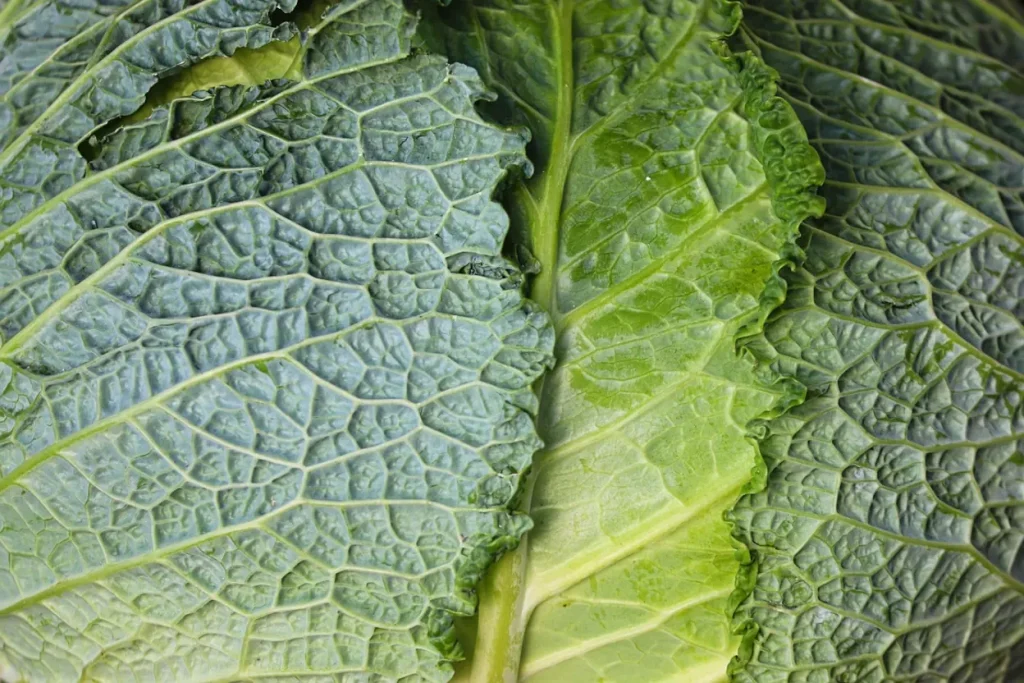
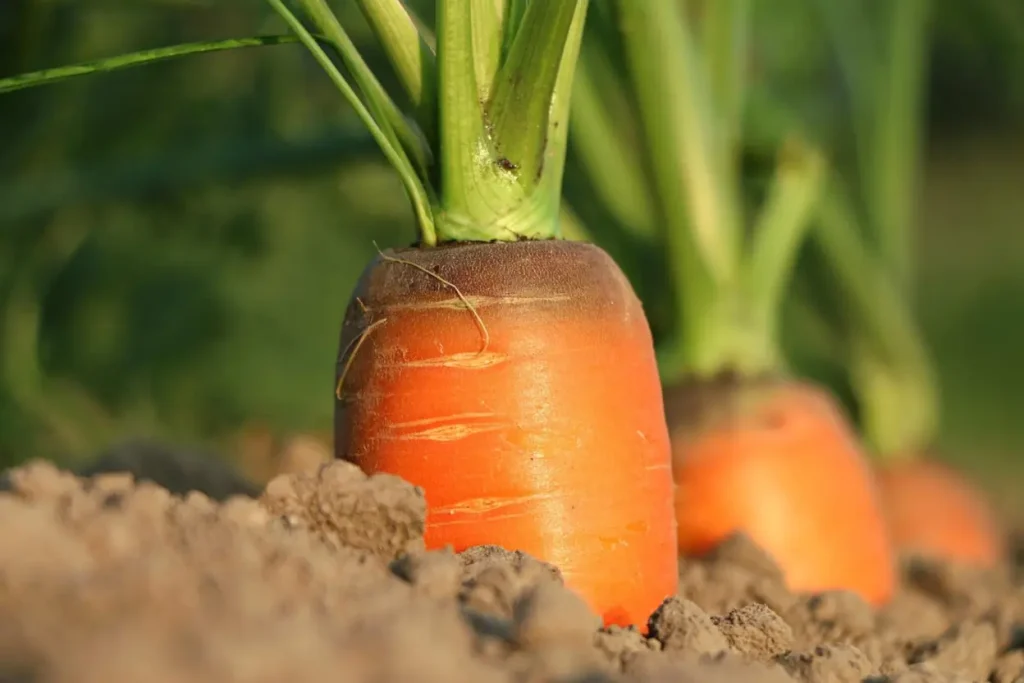

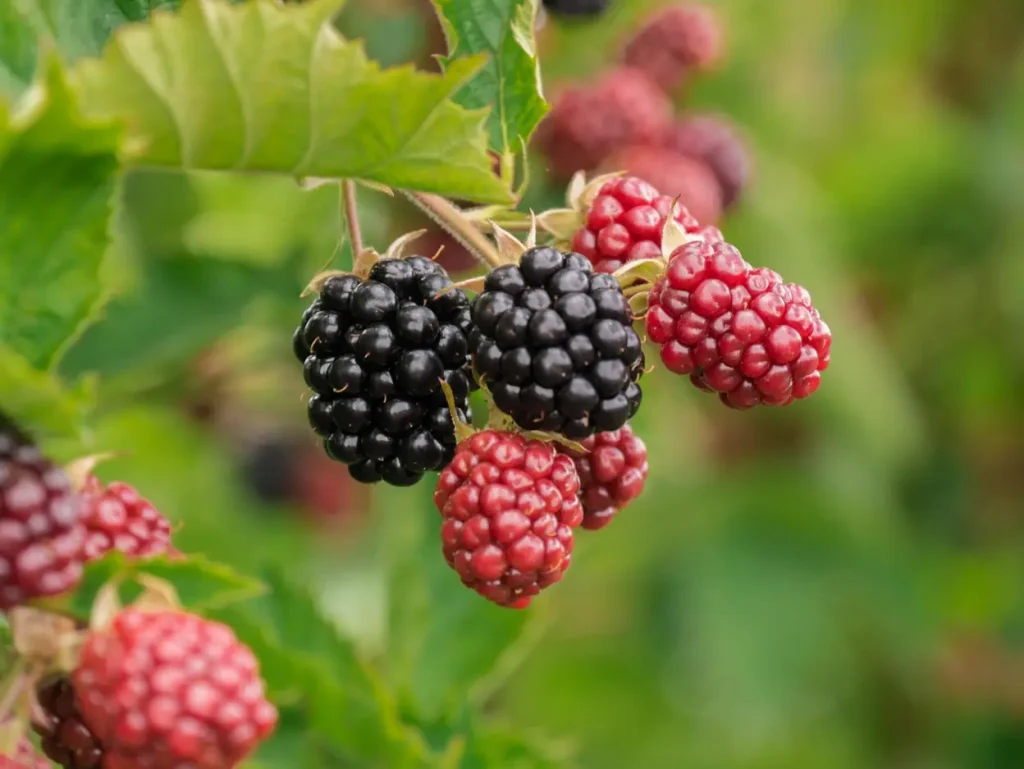

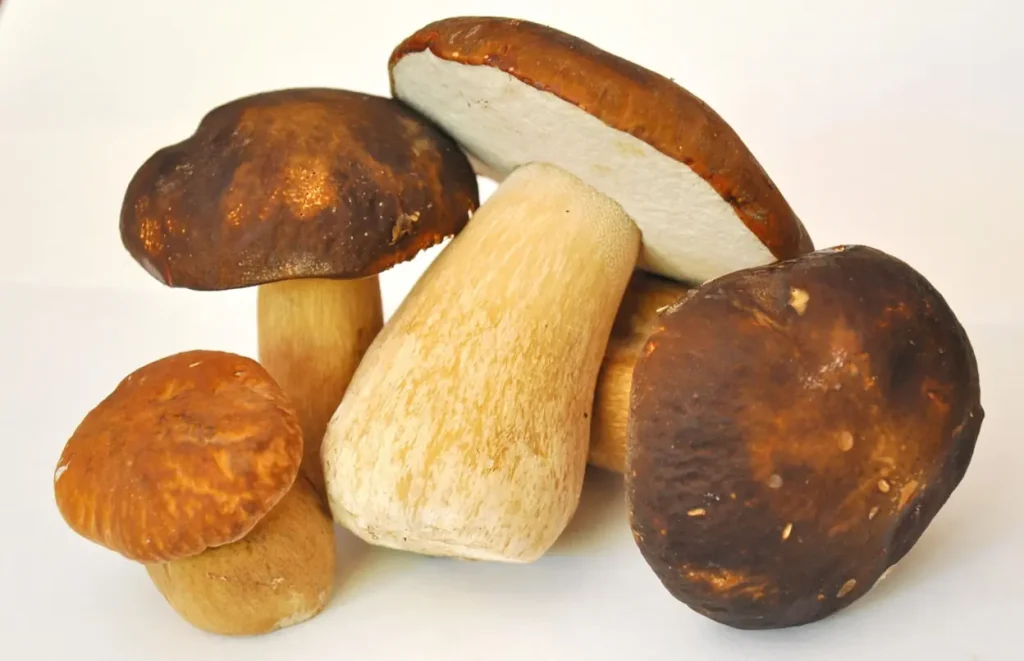
Pairing solar energy production with crop species adapted to partial shade unlocks new opportunities for farm diversification. Many farmers rotate crops seasonally under solar arrays, optimizing land use for both food and energy throughout the year.
Proper site assessment and crop selection are key, as each region’s sunlight intensity and climate can influence which plants will perform best within a solar farming system.
Economic and Environmental Benefits of Solar Farming
Integrating solar farming solutions into agriculture yields rewards that extend beyond basic land use. Economic and environmental benefits combine to support farmers, the local community, and the planet.
Economic Advantages
- Diversified Revenue: Solar power generation creates a reliable supplementary income stream while maintaining annual crop production. Landowners can sell electricity back to the grid or use it on site to power irrigation pumps and equipment.
- Reduced Energy Costs: Farms can offset or eliminate utility bills for water pumping, climate control in greenhouses, and other electrical needs by using solar generated electricity.
- Support for Rural Economies: Solar farming projects often create local jobs in installation, ongoing maintenance, and crop management, benefiting the wider agricultural community.
- Increased Land Value: Demonstrating successful dual land use can enhance property value and make land more attractive for future buyers or investors interested in sustainable practices.
Environmental Benefits
- Lower Carbon Footprint: Generating clean electricity reduces reliance on fossil fuels and cuts greenhouse gas emissions from farming operations.
- Enhanced Land Resilience: Solar panel shade protects soil from erosion, reduces water evaporation, and promotes healthier soil organism communities.
- Water Savings: Shaded soil retains more moisture, reducing dependence on irrigation and helping sustain crops during drought.
- Habitat Creation: Properly designed solar farms can provide corridors for pollinators or wildlife, increasing biodiversity in rural landscapes.
For many landowners, the combination of consistent energy revenue and improved crop yields delivers the best of both worlds, simultaneously boosting profitability and stewardship of the environment.
Challenges and Best Practices in Solar Farming
While solar farming delivers major benefits, successful implementation requires awareness of a few unique challenges. Understanding these issues alongside industry best practices will increase the odds of a thriving operation.
Common Challenges
- Complex System Design: Each property brings unique sunlight patterns, soil types, crop choices, and topography. Designing setups that maximize both crop and energy yields can get complicated.
- Initial Investment: The upfront costs of panels, supports, and installation are substantial, though government incentives and dropping hardware prices are making adoption easier.
- Farm Operations Compatibility: Existing machinery and work routines may require modification to accommodate new structures or raised panels.
- Regulatory Hurdles: Zoning, land use, or energy grid interconnection can tie up projects without careful advance planning.
- Wildlife and Ecosystem Considerations: Solar panel layouts need to be planned to support rather than disrupt local wildlife movement and habitats.
Best Practices for Solar Farming Success
- Work with Agrivoltaic Experts: Consult with specialists in solar agriculture integration to optimize system design for both plant performance and energy efficiency.
- Prioritize Adaptable Design: Use adjustable or elevated solar arrays that allow easy changes in panel height or tilt, letting farmers adapt to crop rotation or livestock needs.
- Plan for Ongoing Maintenance: Regularly clean panels and monitor system output. Keep access routes clear for farming equipment.
- Monitor and Gather Data: Install sensors to track light, soil moisture, crop health, and energy output all season long. Adjust practices based on real world observations.
- Engage with Local Communities: Work alongside agricultural extension offices, local governments, and neighbors to ensure smooth permitting and community support.
- Rotate Crops and Use Companion Planting: Incorporate crop diversity and companion planting strategies to maintain soil health and ecosystem balance under the panels.
Staying proactive and informed throughout the planning and operational stages is essential for unlocking the full promise of solar farming solutions.
Conclusion
The integration of crop production with solar energy generation brings together technology and agriculture in a way that addresses some of today’s greatest environmental and economic challenges. The best solar farming solutions do far more than generate electricity: they support healthy soils, conserve water, create lucrative revenue streams, and contribute to the global push for climate resilience.
By choosing the right system design, crops, and maintenance approach, farmers and landowners can transform their property into a model of sustainable agriculture and renewable energy. As solar technology continues to improve and public policy supports dual land use, now is a prime time to explore or expand solar farming on your land.
Adopting solar farming solutions not only benefits your operation but also paves the way for a cleaner, more efficient, and more resilient agricultural future.


